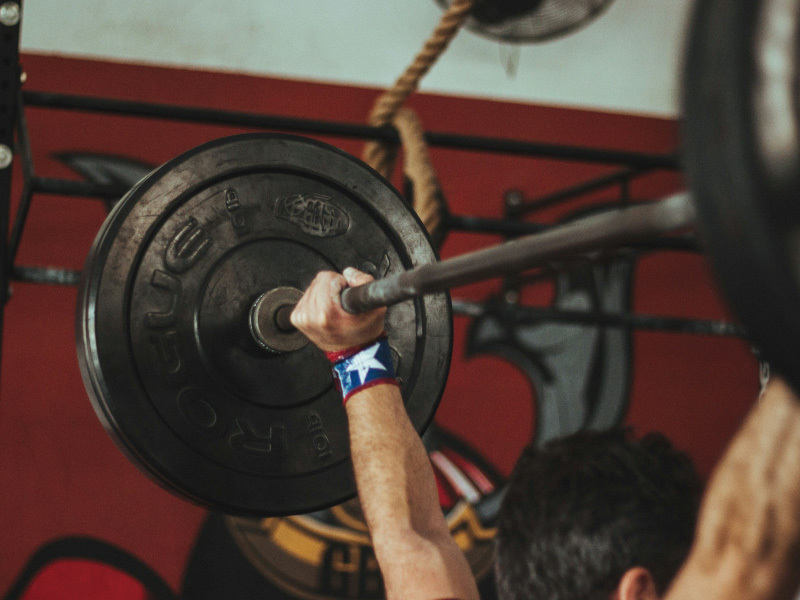In the realm of numerous fitness supplements, one of the most cost-effective and effective options
is creatine. Today, I'll introduce the knowledge of creatine and its related consumption methods.
You can find in this article:
Where is creatine found?
Creatine is naturally present in the body, secreted by organs such as the liver, kidneys, and pancreas.
If meat is consumed, one can get around 2 grams of creatine per day, serving as a source of creatine.
However, relying on creatine supplements allows for a more abundant internal creatine supply, especially
for vegetarians who may have lower creatine concentrations.
Mechanism of creatine utilization
Starting with our body's inherent energy system, when glucose and fat are broken down, the energy is stored
in the form of ATP. When needed, ATP is converted into ADP or AMP. When supplementing with creatine, it
assists in converting ADP back into ATP, making the phosphocreatine system more efficient in converting ADP
to ATP. Essentially, creatine supplements accelerate our performance in terms of explosive strength and
ecovery (ATP-PC system research).
What are the benefits of creatine?
The most direct impact of creatine supplementation is the growth in strength output during exercise. According
to research, training strength grows about 1% more when consuming creatine compared to not consuming it.
For those engaged in weight training, after eight weeks of supplementing with creatine, strength gains can be
around 5-10 kilograms more than without creatine supplementation. This indirect effect aids in muscle mass
enhancement, as creatine supports strength growth, accumulating more training volume in the long run, leading
to faster muscle development. Creatine also facilitates water retention in muscles, and lastly, it reduces the rate
of protein oxidation, enhancing nitrogen balance for more muscle mass.
Side effects of creatine
Body weight may increase by approximately 1-2 kg due to water retention, which disappears when not consumed.
Excessive consumption may lead to diarrhea or cramping, but current research has not indicated significant side
effects of creatine.
Who should not supplement with creatine
Individuals with poor kidney function.
Pregnant or lactating women.
Children and teenagers, as their kidney function may not be fully developed.
Patients with bipolar disorder, as creatine supplementation may worsen manic symptoms.
Those taking medications affecting kidney function, such as NSAIDs, immunosuppressants, and antibiotics.
Diabetic individuals, as they are at a higher risk of impaired kidney function.
Interesting facts about creatine
In different ethnicities, black individuals generally exhibit excellent explosive strength due to the naturally higher
activity of creatine kinase. This attribute often leads to black athletes dominating track and field events, while aquatic
sports are more diverse.
Common types of creatine and recommendations
Monohydrate Creatine: Powder form, most research is focused on monohydrate creatine. It is recommended to
purchase powdered creatine rather than single capsules.
Creatine Hydrochloride: Often taken as a pre-workout supplement, requiring a lower dosage than monohydrate creatine,
but the effects may not be as pronounced.
Liquid Creatine: More expensive with similar effects.
Buffered Creatine: Promoted as having better absorption than monohydrate creatine but is relatively more expensive.
Micronized Creatine: Due to smaller molecules, it is easily absorbed, relieving gastrointestinal discomfort. The price is
similar to monohydrate creatine, with the advantage of better taste.
Micro-powderized monohydrate creatine is highly recommended. Compared to monohydrate, it has better taste, similar
pricing, and improved solubility, making it a more consumer-friendly option.
Recommended ways to consume creatine and timing
Loading Phase:
For a normal male weighing 70 kg, the maximum capacity is 120 grams, approximately 0.3 grams of creatine per
kilogram of body weight per day. Consume around 21 grams daily, and within a week, you can reach 120 grams
of creatine to maximize its effects. Suggested intake is 2-3 times a day, preferably with meals. Insulin will enhance
the effects of creatine, so consuming it before and after exercise and with regular meals is advised.
Maintenance Phase:
Due to daily excretion and consumption of creatine, continuous replenishment is necessary to maintain peak creatine
levels. Recommended intake is 0.03 grams per kilogram of body weight per day.
Maintenance phase without exercise:
It is still recommended to consume creatine every day. In case of forgetting or not consuming it, it is suggested to
consume 20 grams of creatine within a week.
Is creatine necessary during the maintenance phase without exercise?
A rest period is typically recommended for a month, allowing the body to restore its natural creatine production
without suppression, although there is no significant burden caused by not taking a rest period.
In conclusion, creatine is an excellent supplement that significantly enhances exercise performance, with no major
safety concerns. Gugo Nut offers micronized monohydrate creatine, a material certified by NSF SPORT in the
United States, ensuring good dissolution and absorption with various flavors available for reference.





